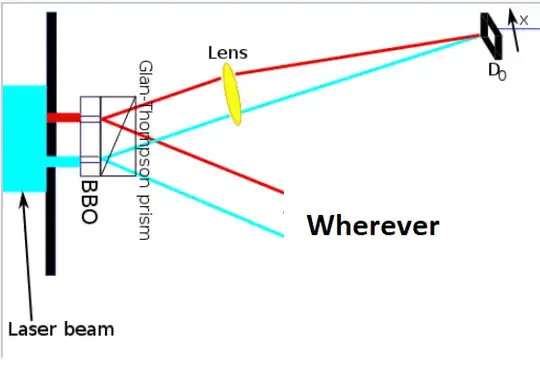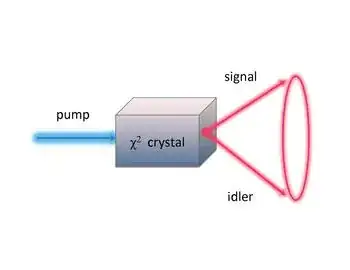A modified version of the quantum eraser experiment, consisting of just a photon source, double slit, photon-splitter crystal and a screen, capturing one of the entangled twins. No detectors, no mirrors, nothing. The other twin is lost.
Would this modified setup produce an interference pattern or not? (The sources I find are not clear on this.)
Here is the implication: If this modified experiment produces an interference pattern and the full quantum eraser experiment does not (when placed in the mode which unambiguously determines which slit the photon passed through, so the "eraser" part is missing), it means we can send information to the past. Imagine this: I send photons in a wave, split them, using the crystal and look for patterns on the screen, produced by the screen-side twin photon. The other twin I bounce between mirrors until I want to send the information to the past. Let's say the format of the information is binary - "$0$" encoded by NOT producing an interference pattern and "$1$" by producing an interference pattern. So if I want to send "$0$" I will add the detectors to the setup (resulting in the classic setup, with the eraser missing), and if I want to send "$1$" I will remove them (resulting in my modified setup).
This all hinges on the answer to the title: "Does simply putting a photon-splitting crystal after a double slit break the interference pattern?"
EDIT: As requested here is what I imagine and ask if the photons, hitting the screen (D0) will produce an interference pattern.
